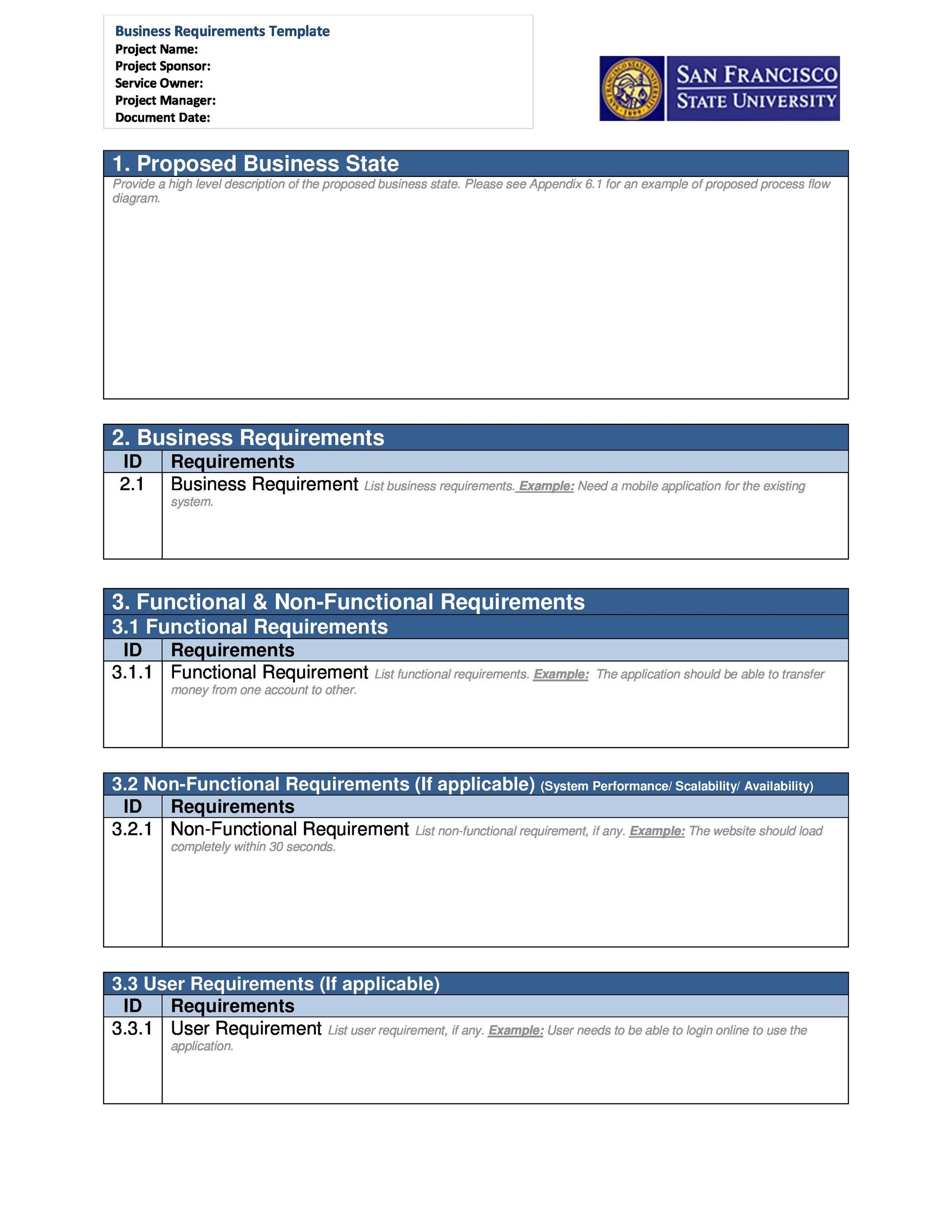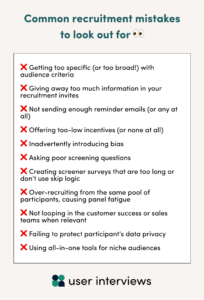When you need to communicate your requirements for a project or product, a high-level requirement template can be a valuable tool. This type of template can help you to organize your thoughts and ideas, ensure that your requirements are clear and concise, and provide a basis for discussion with stakeholders.
High-level requirements are typically broad and general, and they focus on the overall objectives of the project or product. They are not intended to be detailed or technical, but rather to provide a high-level overview of what the project or product is supposed to achieve.

What Should a High-Level Requirement Template Include?
High level requirement templates vary in format, but many of them include some or all of the following elements:
- Project or product name: This is the name of the project or product that you are writing the requirements for.
- Project or product description: This is a brief overview of the project or product, including its purpose and goals.
- Stakeholders: This is a list of the stakeholders who are involved in the project or product, including their roles and responsibilities.
- Assumptions: These are the assumptions that you are making about the project or product, including any constraints or limitations.
- Dependencies: These are the dependencies that the project or product has on other projects or products.
- Requirements: These are the requirements for the project or product, including functional requirements, non-functional requirements, and quality requirements.
- Acceptance criteria: These are the criteria that must be met in order for the project or product to be considered successful.
- Risks: These are the risks that are associated with the project or product, including the potential impact and likelihood of each risk.
- Timeline: This is the timeline for the project or product, including the start date, end date, and major milestones.
- Budget: This is the budget for the project or product, including the total cost and the funding sources.
Benefits of Using a High-Level Requirement Template
There are several benefits to using a high level requirement template. These benefits include:
- Clarity: A high-level requirement template can help you to clarify your thoughts and ideas about the project or product.
- Organization: A high level requirement template can help you to organize your requirements in a logical and easy-to-follow way.
- Communication: A high level requirement template can help you to communicate your requirements to stakeholders in a clear and concise way.
- Validation: A high level requirement template can help you to validate your requirements by ensuring that they are complete, consistent, and realistic.
- Agreement: A high level requirement template can help you to reach agreement with stakeholders on the requirements for the project or product.
Conclusion
High-level requirement templates can be a valuable tool for communicating your requirements for a project or product. These templates can help you to organize your thoughts and ideas, ensure that your requirements are clear and concise, and provide a basis for discussion with stakeholders.
If you are looking for a high-level requirement template to use for your next project or product, there are many resources available online. You can also find many helpful examples of high-level requirement templates that have been used in a variety of industries.

